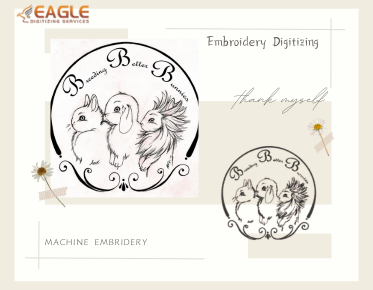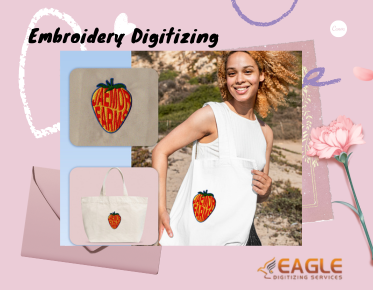Client Sent a Photo of Their Logo? How to Rebuild It into a Clean Vector
Receiving a client’s logo in a low-resolution image format can often present challenges for businesses that require high-quality graphics, especially for printing. Redrawing the logo into a clean vector file is essential, allowing for endless scalability without loss of quality. Here's how you can effectively transform a pixelated logo image into a pristine vector using professional techniques.
Understanding Vector Graphics
Vector graphics are made up of mathematical paths, which define shapes such as circles and polygons, while raster graphics consist of pixels. This difference makes vector graphics an ideal choice for logos, since they can be resized infinitely without degrading in quality. When you convert a logo from raster to vector, you're preserving its crispness for all types of applications, from business cards to billboards.
Step-by-Step Guide to Vectorizing a Logo
1. Initial Setup
First, make sure you have the right tools. Industry-standard software like Adobe Illustrator and CorelDRAW are perfect for creating vector graphics. They offer features like pen tools for manual tracing and auto-trace functions for less complex images. Set up your workspace for easy access to frequently used tools and prepare the original logo image for import.
2. Importing and Preparing the Image
Import the client's logo image into the software. Begin by examining the image quality and identifying the distinct elements of the logo. It's often necessary to adjust the image's contrast and brightness to enhance the visibility of borders and define the shapes more clearly.
3. Manual Tracing versus Auto-tracing
The choice between manually tracing an image and using an auto-tracing feature depends on the logo's complexity. Auto-tracing can save time for simpler shapes but often requires manual clean-up. For intricate designs, manual tracing with the pen tool provides precision. Take your time to ensure each line and curve aligns perfectly with the original design.
The Role of Professional Vectorization Services
Not everyone has the expertise or resources to vectorize logos themselves. This is where professional services come into play. Companies like Eagle Digitizing specialize in vector art conversion, offering rapid and accurate redrawing of complex logos. They use advanced software and skilled technicians to deliver ready-to-print vector files, ensuring client logos are not only accurate but also of the highest quality. Their services include options like raster to vector conversion and vector color separation.
Details Matter in Vectorization
Precision in logo vectorization can elevate the overall brand image. Pay attention to details such as color accuracy, font resemblance, and maintaining the original logo's proportions. Some advanced techniques allow for separate color layers, which is crucial for printing processes like screen printing.
Color Matching and Proofing
A critical component of vectorization is ensuring colors accurately match the original logo. Utilize color matching tools within software applications to pick the right palette. Often, logo designs need to be proofread to ensure color accuracy across different media.
Why Choose Professional Services?
Engaging with a professional service like Eagle Digitizing not only guarantees accuracy but also saves time. Their offerings cover a wide range of vector conversion needs, from vectorization services to shadow effects and beyond. This makes them a go-to solution for companies seeking reliable results.
Future Applications and Flexibility
With a professionally vectorized logo, businesses can enjoy flexibility in marketing and branding applications. As technology and design trends evolve, having a scalable vector file ensures that graphics will meet the standards for both current and future projects.
Vectorizing logos is more than just a conversion task; it's about preserving the integrity and enhancing a brand's visual identity. In a growing digital world where each detail counts, consider the benefits of vector graphics for a timeless representation of your client's brand.


.png)
